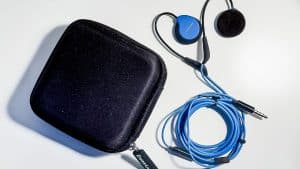Stem cell therapy may sound like something from science fiction, but in many ways, this pioneering area of medical research is still reliant on the old and familiar tropes of healthcare. Yes, stem cells have an almost magical ability to change and regenerate, opening a vast range of possibilities for treating countless illnesses and disorders, but when it comes to trying to preserve and encourage your own stem cells, it often comes back to diet and exercise.
We all know that exercise is important. It can stave off some of the worst effects of aging and helps ensure that every part of your body is operating at its optimum level. It makes sense that your stem cells would be impacted by exercise, too. An active lifestyle improves blood flow, builds muscle, releases various hormones, increases stamina, enhances your mood and helps boost the number of stem cells traveling around the body.
The endothelium is a thin layer between your blood and the tissue that makes up the wall of your blood vessels. It helps control how fluids flow in and out, communicates with the immune system during the body’s inflammatory response, and influences blood pressure by widening or constricting the vessel. Endothelial progenitor cells (EPC) are responsible for regenerating the endothelial lining, and they’re the ones we’re interested in when it comes to regenerative medicine.
More physical activity means more EPCs flowing around the body and attaching themselves to any parts of the blood vessels that may have been damaged by lack of oxygen (hypoxia) or restricted blood supply (ischemia). It’s a very quick way to get those EPCs moving. New capillaries and other blood vessels may come into being, which makes it easier for blood to reach your heart. That, in turn, could help the heart muscle itself regenerate.
Heart disease, heart failure and other cardiovascular problems are some of the leading causes of death in America. They become increasingly likely as we age and are influenced by risk factors such as family history, high cholesterol and high blood pressure. Anything that can improve your heart health is important for improving your overall longevity, and being able to boost stem cells at the same time is a welcome advantage. You may end up with an ongoing loop of more stem cells and a regenerating heart thanks to your exercise routine.




